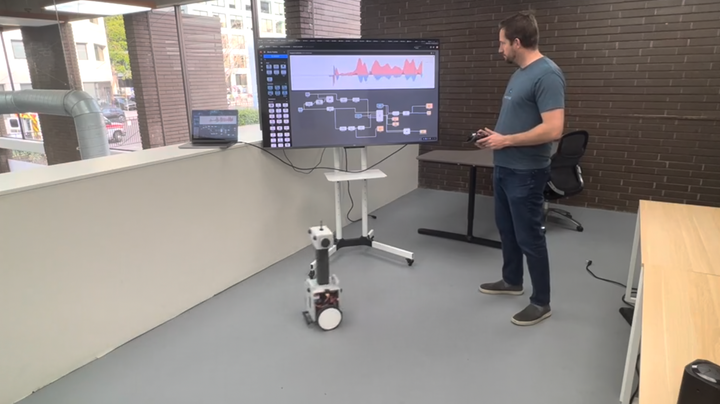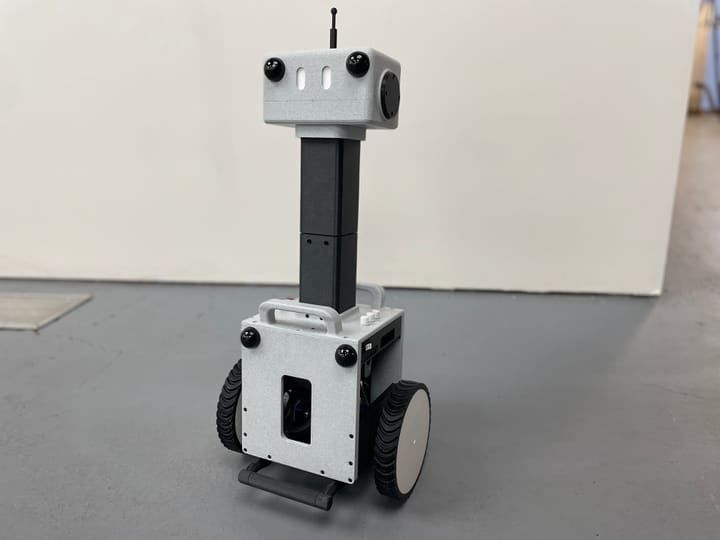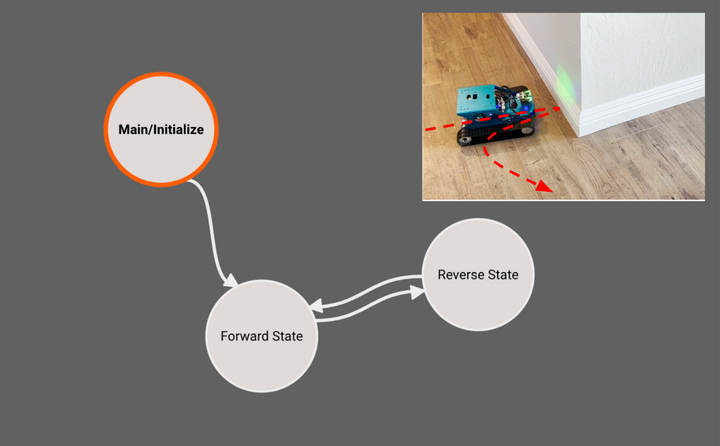
LQR Control of a Self Balancing Robot
In this post we're improving our self-balancing robot project, by introducing a Linear-Quadratic Regulator (LQR) to significantly improve stability and handling. We'll go through the entire derivation and implementation process, leveraging the Python terminal within Pictorus which makes all of this really easy.
0:00
/0:





